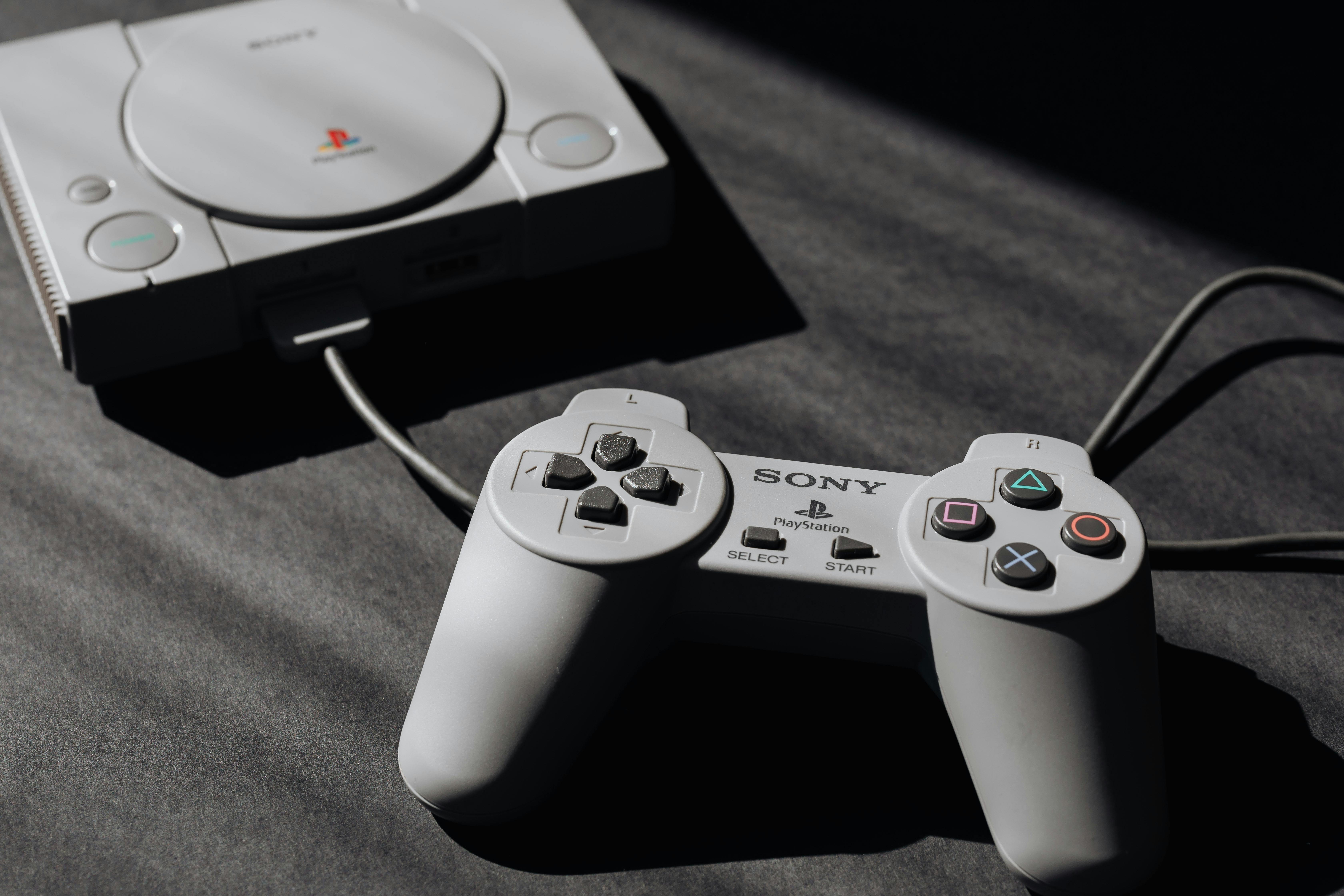
When the PlayStation first appeared in dwelling rooms, it did greater than change how video games seemed. It quietly rewrote expectations. The world of gaming had been content material with flat screens and pixel sprites. Then got here polygons and CD soundtracks, opening doorways not only for depth however for creativeness. The visuals turned a part of the story. They didn’t shout, however they confirmed gamers that consoles may carry worlds with texture and tone.
Alongside that shift, even casinos like Turbowins began creating video games with designs that nodded to these early PlayStation classics—not pretending to copy them, however paying tribute in strains and lightweight and rhythm. It’s curious {that a} console constructed for journey and exploration would echo in digital slots. Nevertheless it exhibits how that first PlayStation visible language seeped into wider design tradition. Photos started to hold weight past their display.
The 3D Revolution That Set the Course
Earlier than that console arrived, video games usually felt like work with transferring items. Then there have been polygonal characters and environments that urged actual house. Ridge Racer, with smooth curves and crisp corners, felt like the long run, even should you have been simply sitting in your personal entrance room. It confirmed {that a} house console may chase arcades and catch them, visually talking, fairly than simply on billboards.
As builders embraced 3D, they discovered new methods to inform tales. Tomb Raider’s angles turned platforms into puzzles, Resident Evil’s corridors despatched shivers by easy geometry, and Last Fantasy VII opened worlds that felt deeper than painted backdrops ever would. That shift raised a bar that {hardware} makers and rival platforms couldn’t ignore. It introduced cinema into the house, even when the fashions have been blocky and the shadows abrupt.
Visible Type That Went Past {Hardware}
{Hardware} enhancements alone don’t clarify what the primary PlayStation did. It wasn’t technically the quickest or strongest, nevertheless it made design work. The reminiscence playing cards, the controller design, the lean form—every little thing inspired craft. Builders discovered to work inside limits and switch them into type. WipEout’s artwork course, drawn from rave graphics and sharp strains, felt like nothing else. It was greater than a sport; it was an aesthetic at house in studios and galleries.
That visible sensibility wasn’t simply display deep. It unfold. Individuals designing sport interfaces, posters, even venues borrowed from it. The console provided a palette—a temper piece—that others acknowledged and responded to. It didn’t shout. It invited consideration. It gave the world one thing to repeat, refine, and revisit, whether or not in promoting, music movies, or the very look of digital tradition on the time.
Successors Adopted the Lead
Later generations introduced sharper textures and smoother frames, however they stood on what had been laid earlier than. The PlayStation 2 was backward appropriate, however greater than that it confirmed that 3D wasn’t simply doable—it was anticipated. Shoppers stopped shopping for methods for sprite updates, they purchased them for depth. And the subsequent steps felt pure fairly than pressured.
Even in the present day, when a sport presents a metropolis skyline or a personality’s face, the sense of dimensionality traces its ancestry again to that first transfer into 3D period by Sony’s console. You see it in rendering, in lighting, in how house feels lived in fairly than drawn. With out that start line, later leaps might need landed in a different way, or in no way.
The Legacy Lives in Design Philosophy
That machine didn’t simply introduce 3D rendering, it launched a philosophy: visuals are a part of the storytelling. Each shade of shadow or flicker of motion would carry which means. Have a look at Steel Gear Strong. Its visible layers—digital camera angles, pre-rendered backgrounds, these looming figures transferring into body—constructed rigidity like movie, not code. That turned a design selection others needed to reckon with.
So when fashionable video games purpose for ambiance, their ancestors got here not from uncooked energy however these early pioneers of significant visible language. They discovered to make use of house and lightweight like actors on stage, not simply polygons constructed on polygons. That strategy turned the grammar of gaming, repeated and refined however rooted in a single defining second.
Why It Nonetheless Issues
Graphics is likely to be much less of a wow lately—everybody expects excessive constancy and easy animation. The monetary press notes that progress now is available in tremendous increments. Video games like Roblox and Minecraft present that design and creativeness matter greater than high-powered {hardware}. However that first console taught us to see past the chip rely. It taught us to learn visuals as voice. It didn’t simply show a sport. It confirmed us how a sport ought to converse.
And that’s the reason its affect continues. Not as a result of individuals marvel at polygons, however as a result of they keep in mind what it felt wish to step from flatness into kind. It mattered then, and it issues now, as a result of it taught the medium easy methods to look, and easy methods to carry which means in pixels and polygons alike.


